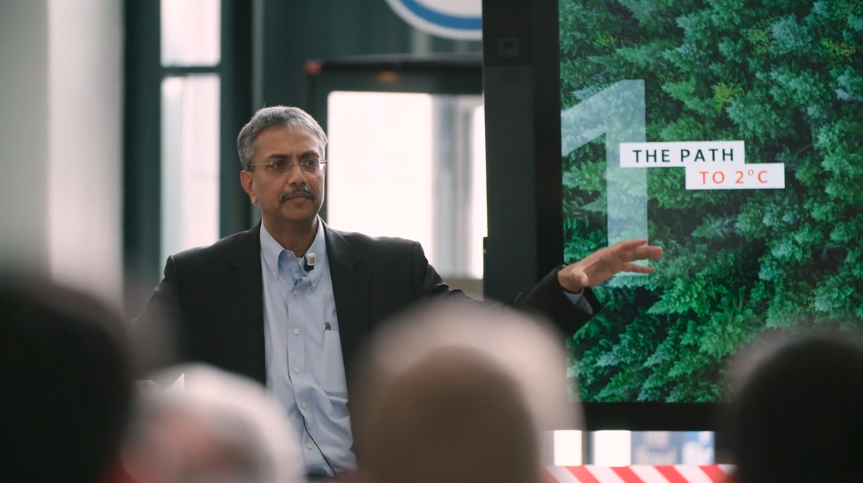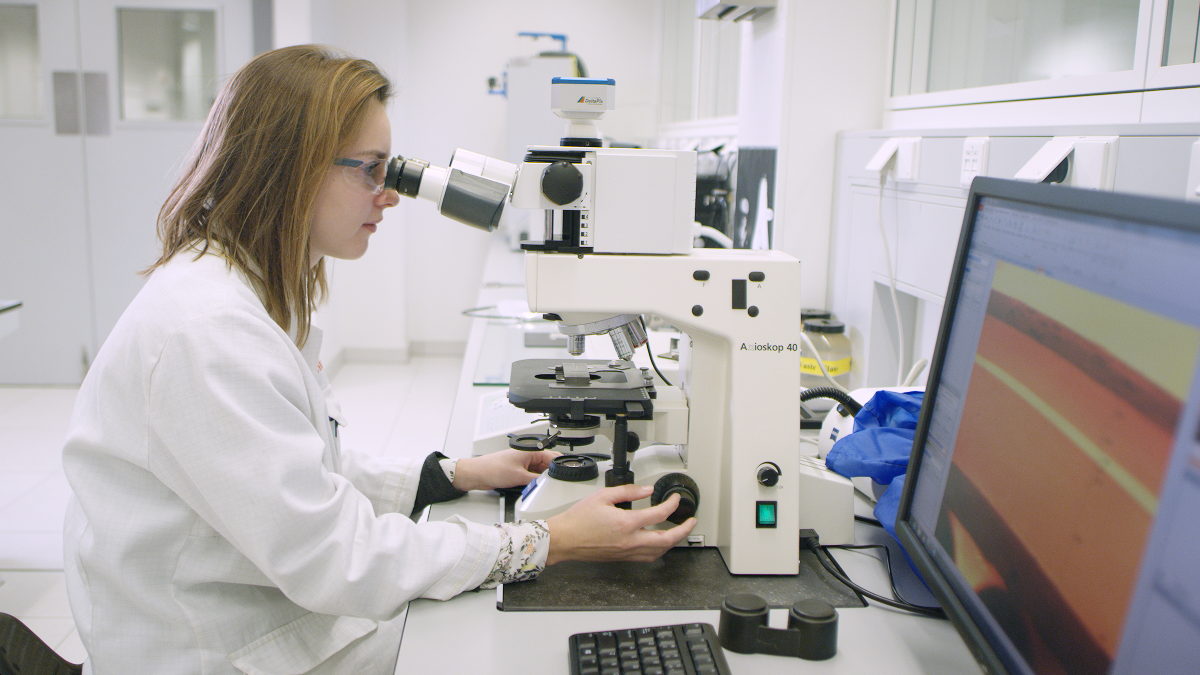But what does that mean in practice? Here’s where the concept of “parallel research” plays a pivotal role. To make sense of what parallel research is, we have to look at how scientific research works – a process we call the ‘innovation value chain’. That’s the path an idea follows to go from a concept in a lab to a fruitful pilot project.
The Innovation Value Chain
Powerful ideas and progress can come from anywhere – academia, start-ups, national laboratories, and established companies. Each of these organizations occupy a niche role in innovation, bringing different skillsets and resources to the process.
Among these organizations, academia has often been the place of genesis for novel concepts that can transform the energy industry. A university would normally conduct tests to establish ‘proof of principle’. That means they will attempt to show that an idea for a new technology would work, in terms of fundamental science. Theoretical research in fuel cells at the University of Genoa in Italy, a project with the potential to accelerate carbon capture technologies for industrial facilities, is a good example.
With a proof of principle established, a national research institute – such as, in the US, one of the national laboratories – might create a small-scale demonstration. Bringing in decades of expertise in process optimization and feasibility analysis, the national labs take the idea from a ‘scientifically possible in theory’ scale, to a ‘working in reality’ scale. From micro, to macro.
With promising findings from laboratory and pilot studies, novel technologies will require an initial deployment at scale. Often, start-up companies specializing in that field of technology play a crucial role at this stage.
Ultimately, to bring a new technology to commercialization, a global energy company like ExxonMobil – with the capabilities, capital and experience of managing large projects around the world – joins the innovation value chain and searches for pathways to scale up deployment.
However, while this innovation value chain may sound like a linear process, when it comes to tackling pressing challenges in energy and the environment, it is everything but.
‘We don’t have time to be linear’, says Dr Vijay Swarup, vice president of R&D at ExxonMobil. ‘How do you speed up this process? You do things in parallel.’
Working in Parallel
ExxonMobil is doing what we can to speed up the research and development of new energy technologies by working in parallel. This means that we are instigating research ourselves, bringing ideas to the lab and working alongside the institutions we need to bring them to fruition, researching fundamental science in parallel with the practical engineering. This enables us to collaborate to develop the ideas which we can see have the greatest potential to be scaled up.
Vijay recently explained the benefits of parallel research in February at the IP Week Conference in a session titled “Innovation for the Energy Transition: Challenges and Opportunities for Research, Innovation and Development”.
To advance emerging energy technologies, ExxonMobil is collaborating with over 80 universities around the world, five energy centres and U.S national laboratories. Universities in Europe include the University of Genoa as well as Imperial College London.
We have built many relationships with smaller specialist firms to deploy pilot demonstrations. As an example, when we wanted to develop a direct air carbon capture system using a materials technology, we engaged with Mosaic Materials. But to develop an engineering-led carbon capture and storage (CCS) technology we are working with Global Thermostat.
The ExxonMobil R&D team are working on many new technologies, as we search for solutions to the dual challenge of how to provide the energy people need whilst managing environmental impacts and the risks of climate change.
Collaborating in parallel means that every step of the way, we are exchanging knowledge with external experts – and that we can make progress faster on this critical endeavour.





